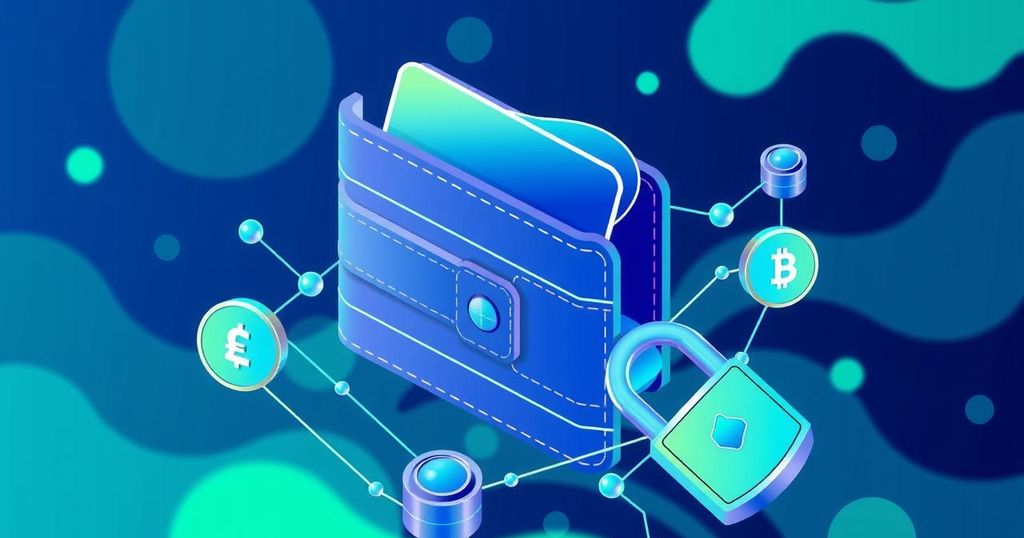L1 CEO Miguel Kudry on Crypto, Self-Custody, and Advisor Transformation
Crypto and self-custody are reshaping financial advising. Miguel Kudry, CEO of L1, stresses that advisors must rethink asset allocation to include digital assets. Self-custody enhances client control and reduces dependence on traditional custodians, leading to a more efficient investment landscape. Kudry believes the future lies in self-custody, promising smoother operations and immediate access to investments.
The landscape of investing is being revolutionised by cryptocurrency and self-custody solutions, prompting financial advisors to rethink their roles. As the cryptocurrency and blockchain ecosystems evolve, innovative advisors are exploring ways to incorporate digital assets into modern investment strategies. While some view crypto as risky due to its volatility, others see it as pivotal in altering how assets are managed and held. This shift is particularly emphasised by Miguel Kudry, co-founder and CEO of L1, a firm specialising in blockchain wealth management.
Kudry believes that advisors should not approach cryptocurrency merely as a speculative investment but rather as a transformative element in portfolio structures. He posits that crypto ought to be compared to traditional investment vehicles like equities or bonds—functioning as a new framework for holding diverse assets. Recognising cryptocurrencies like Bitcoin, Ethereum, and Solana as potential strategic exposures allows advisors to apply their usual diligence regarding sizing bets. Crucially, Kudry suggests that advisors should start considering how both “onchain” and “offchain” portfolios can be managed in real-time, giving clients more control over their holdings.
Self-custody is emerging as a significant theme in this discussion. Traditionally, financial advisors have relied on custodians such as Schwab, requiring complex integrations of data feeds and systems that consume time and resources. Such relationships often restrict access to a complete range of asset classes. However, self-custody enables investors to bypass these intermediary structures, allowing them direct control over a broader array of investment options right from their wallet, effectively turning them into their own custodians.
The advent of crypto has shifted power dynamics in investing. Instead of navigating through layers of custodial relationships, advisors can redirect their focus to client service, while clients gain seamless access to assets and liquidity, backed by digital contracts and technologies. Kudry notes that this shift could significantly empower investors, enhancing efficiency in client onboarding—potentially reducing the process from weeks to mere minutes.
Looking ahead, Kudry is optimistic about self-custody not just for crypto but as a broader investment paradigm. He argues that this method reduces friction in asset management—making everything from distribution to settlement smoother than ever before. With self-custody, the balance of control moves from institutions to individual investors and asset owners. This evolution might prompt institutions to redefine custodial roles, creating scenarios where they manage investors’ private keys, bridging the gap between traditional custody and self-custody practices.




Post Comment